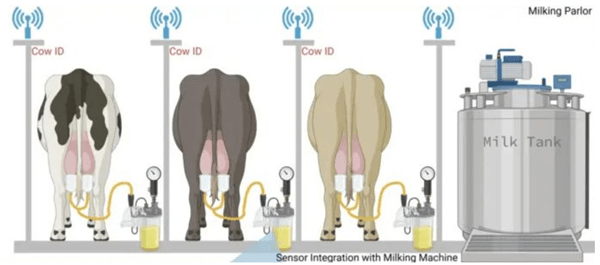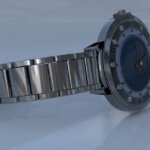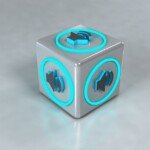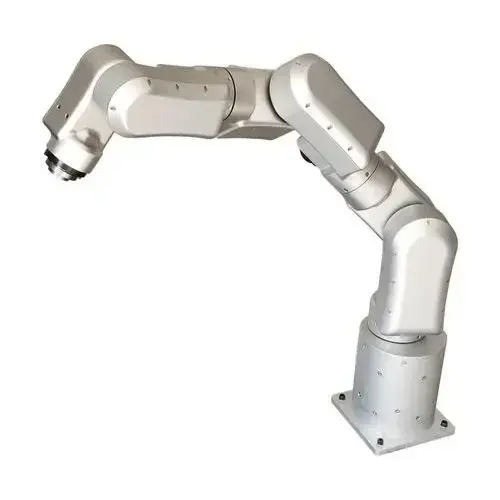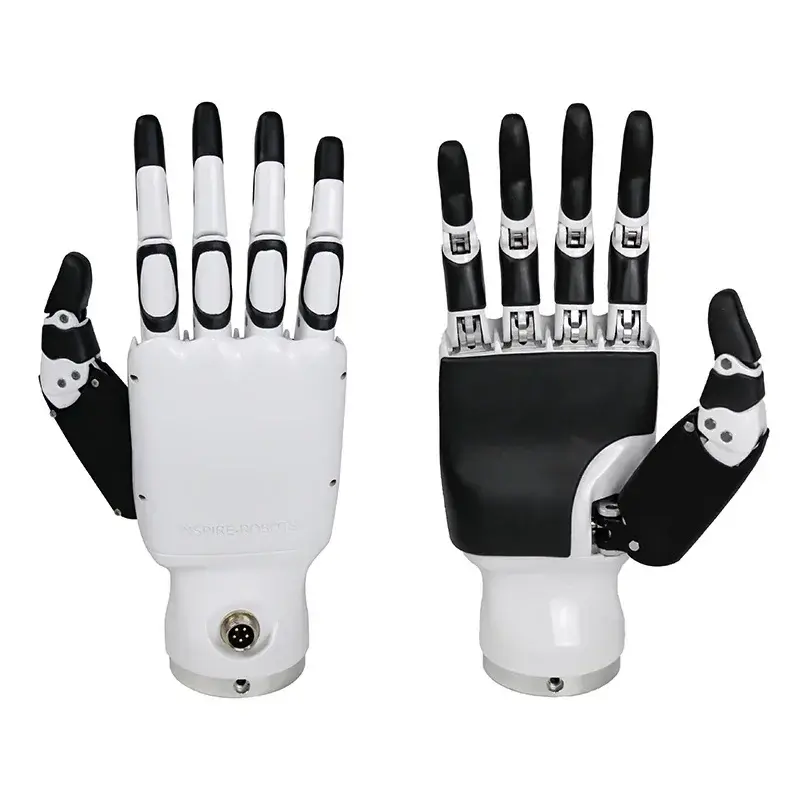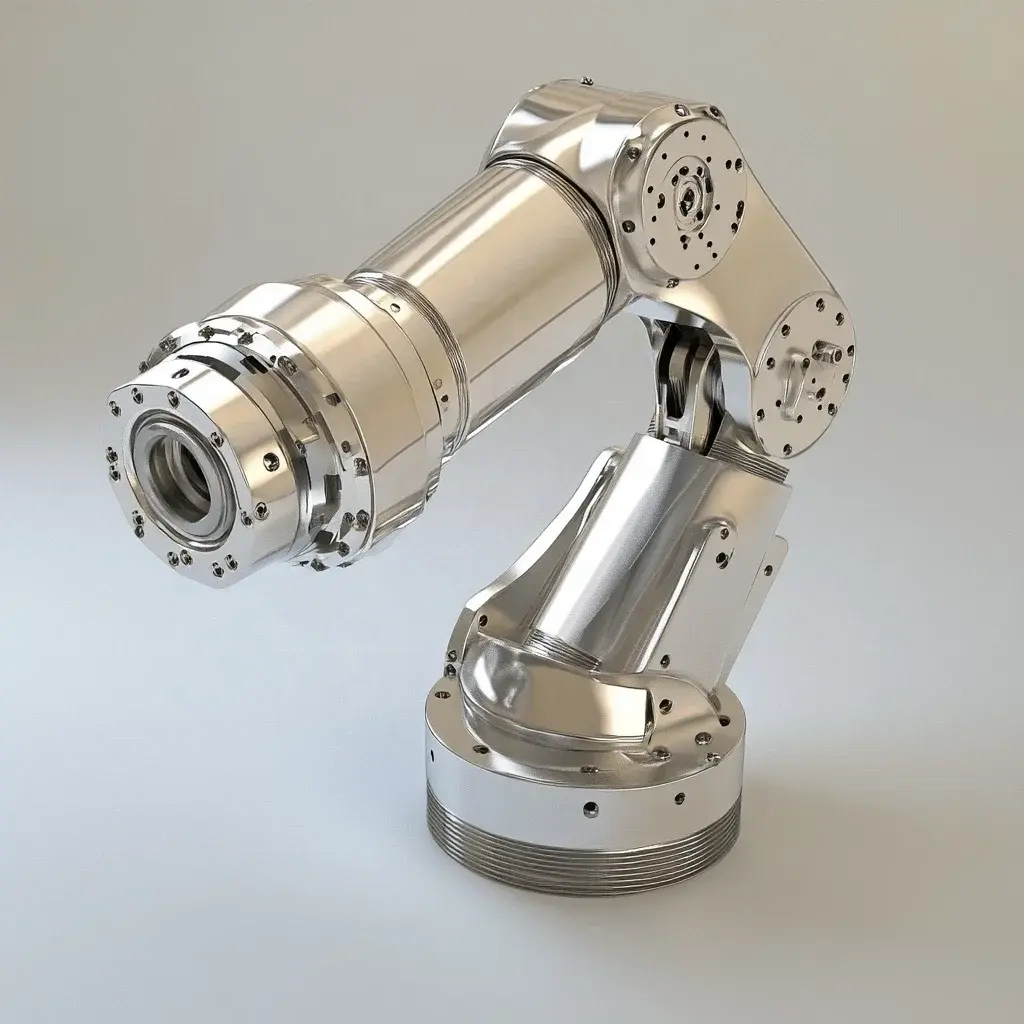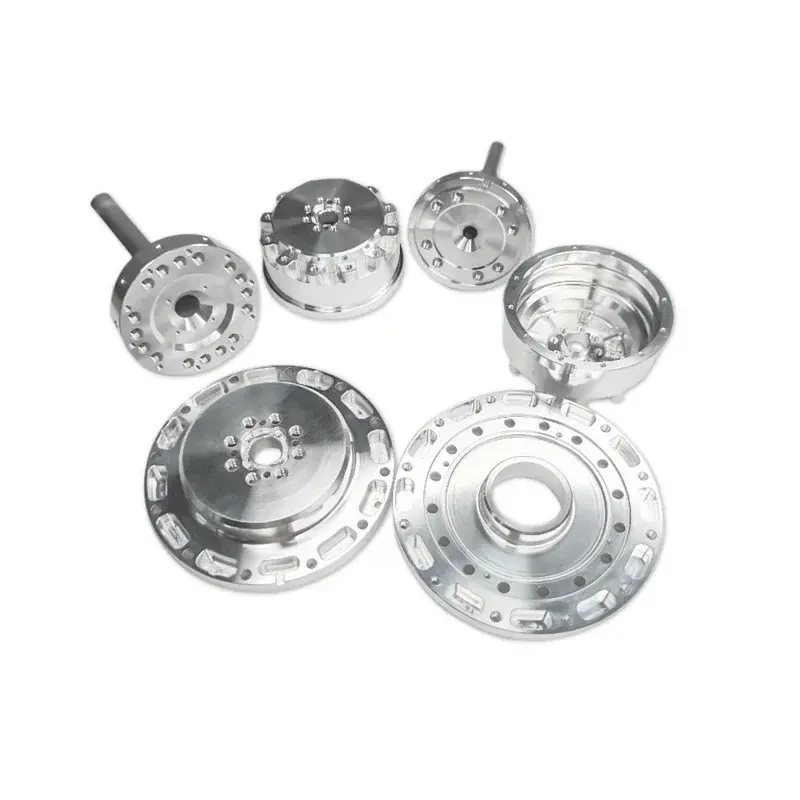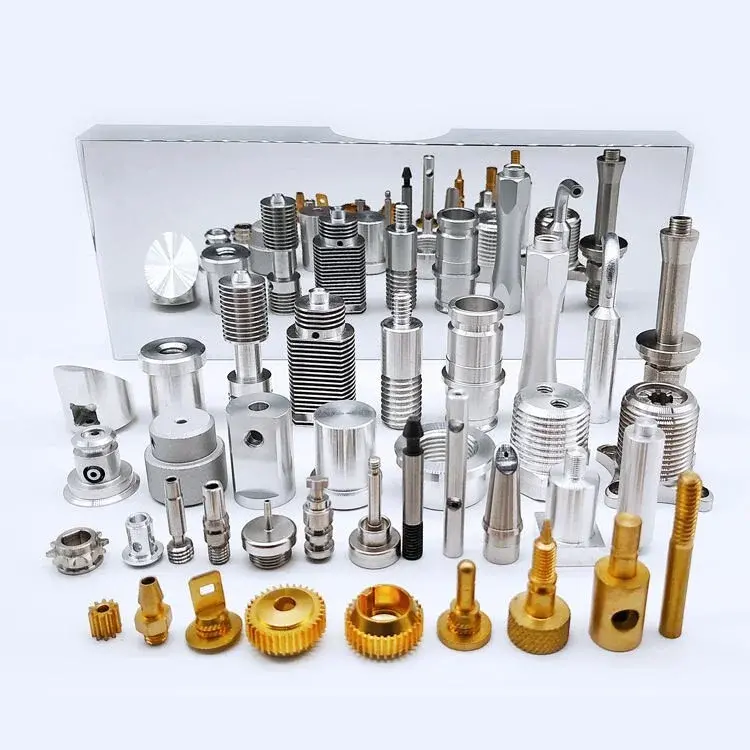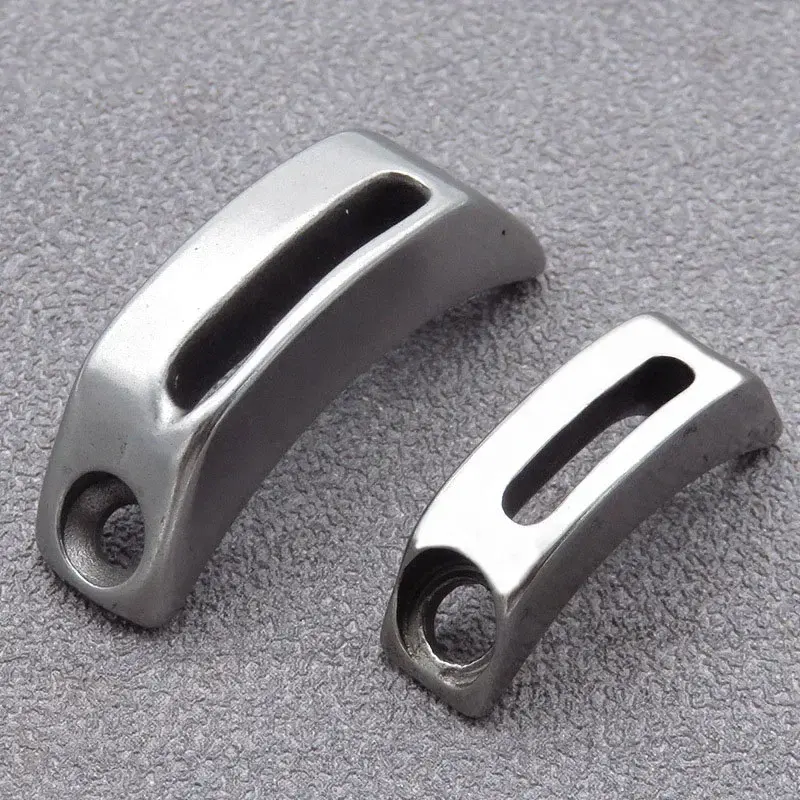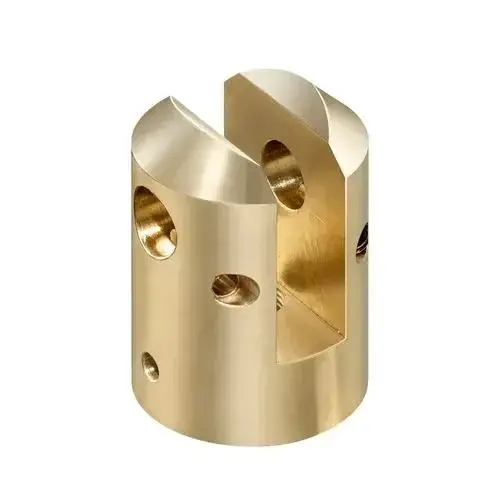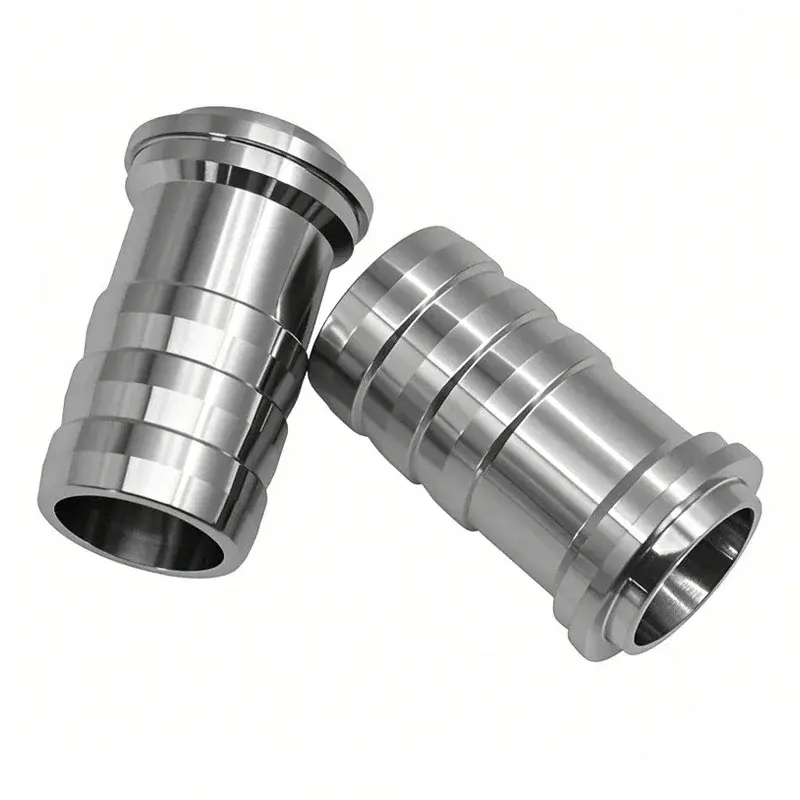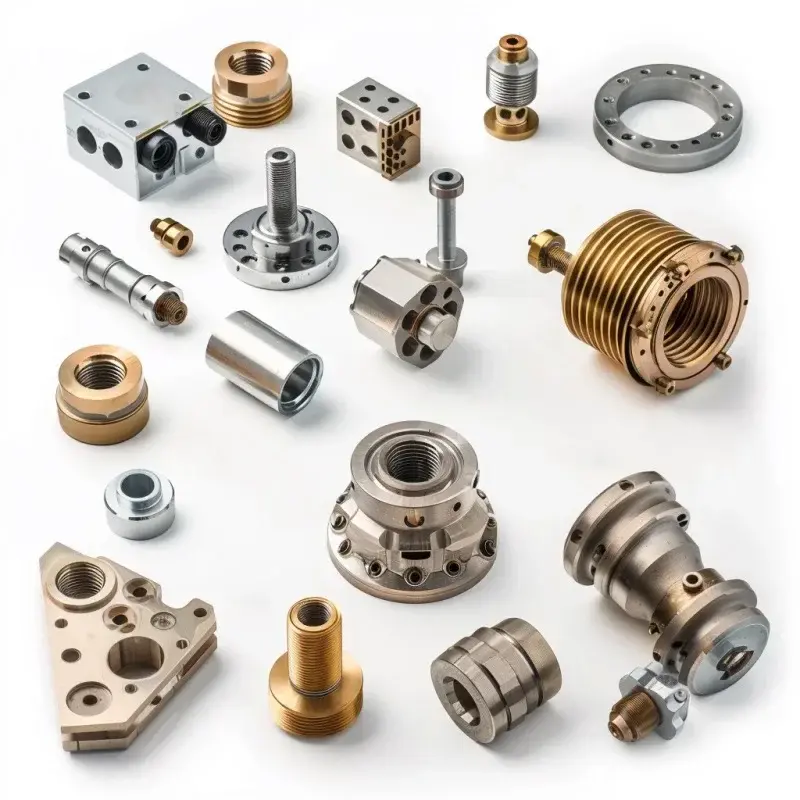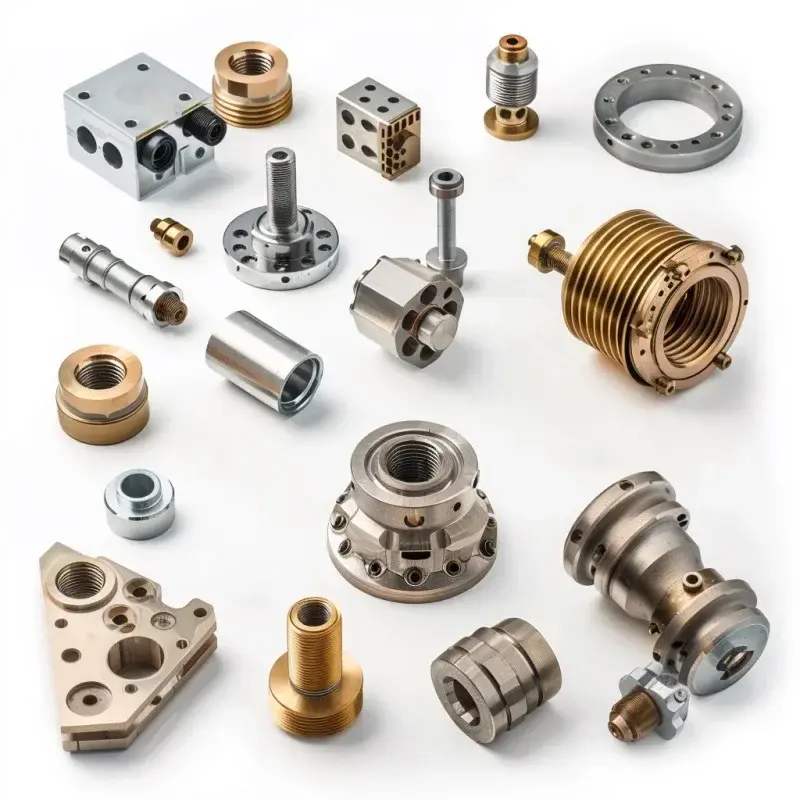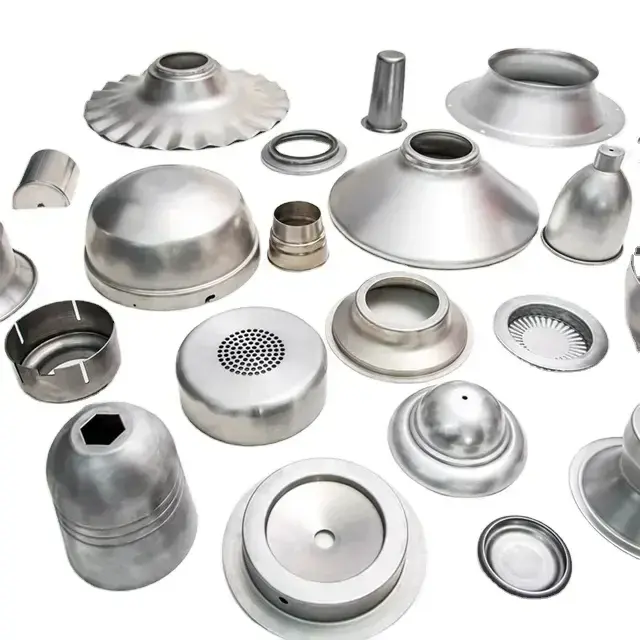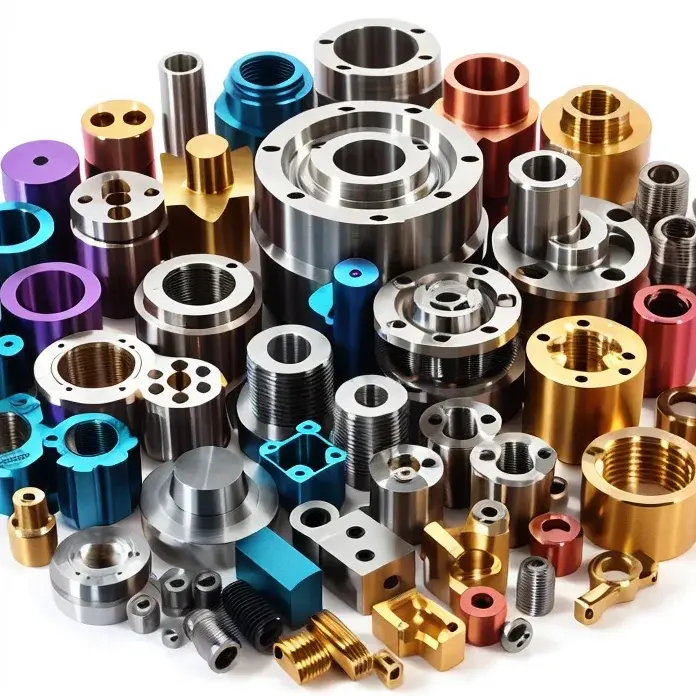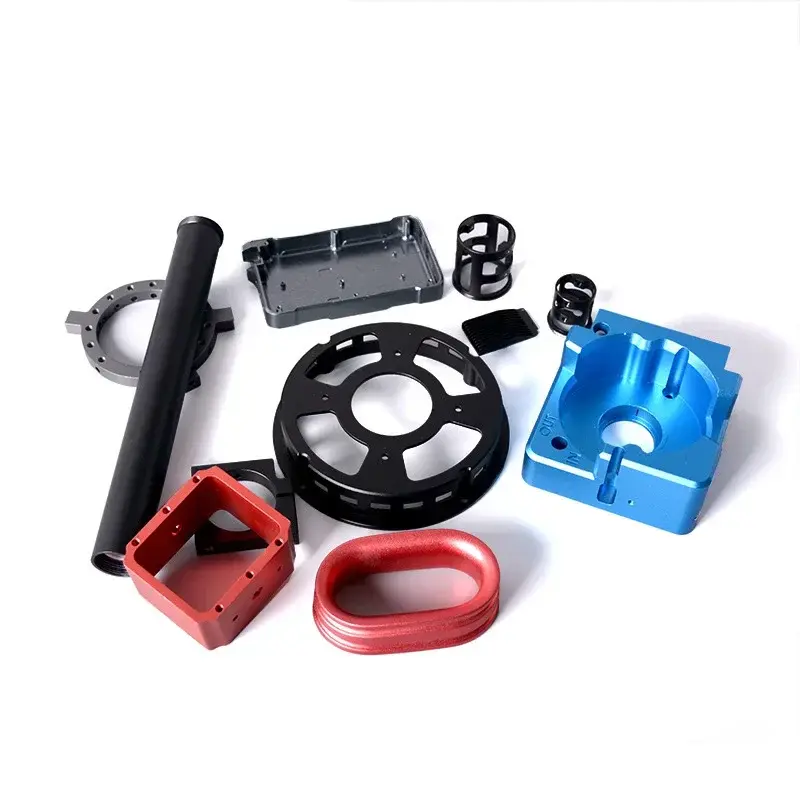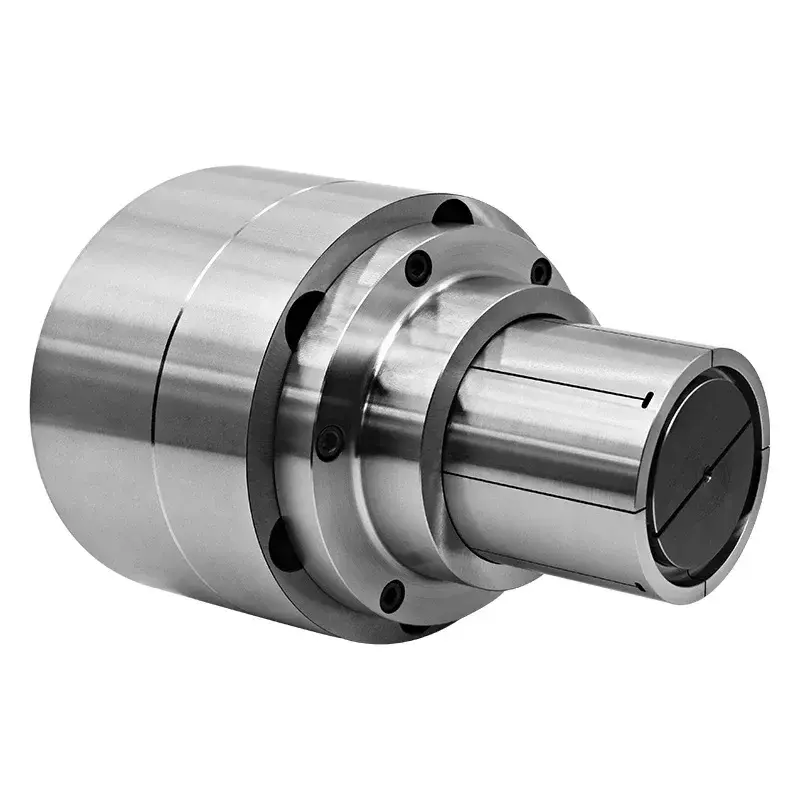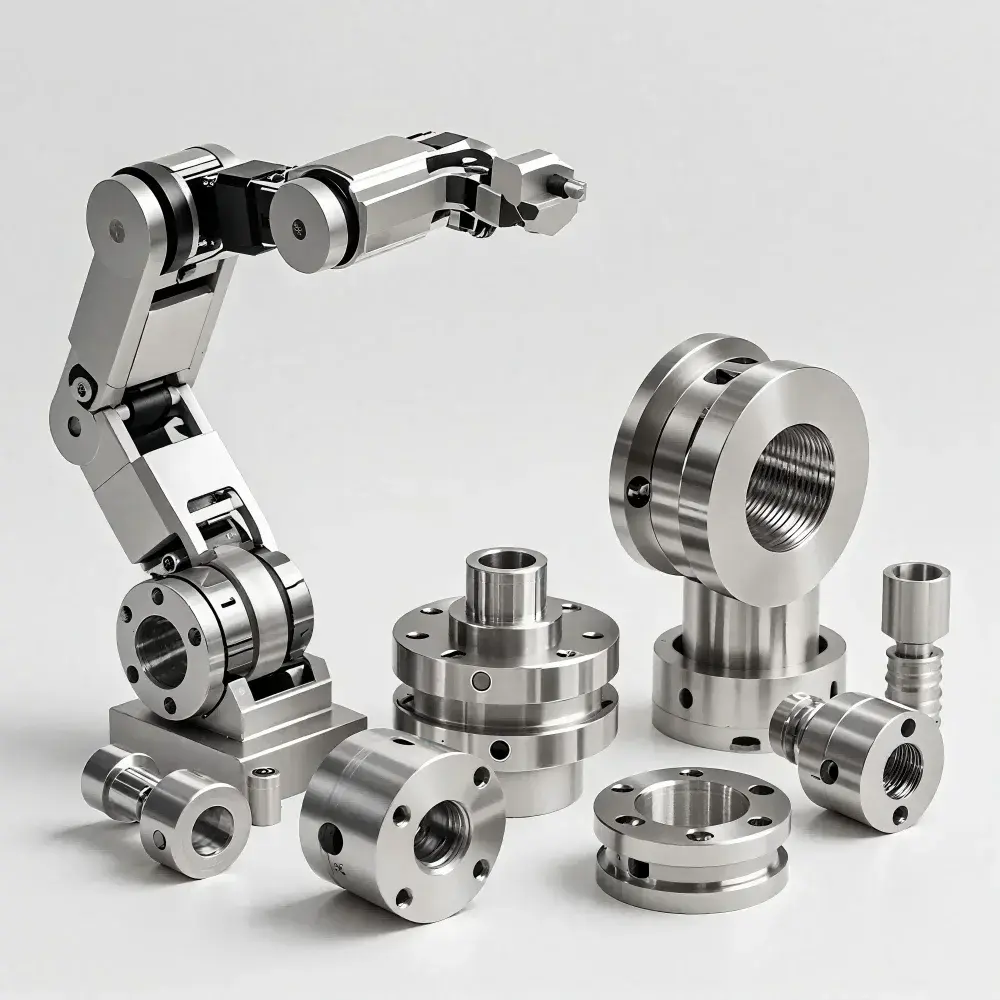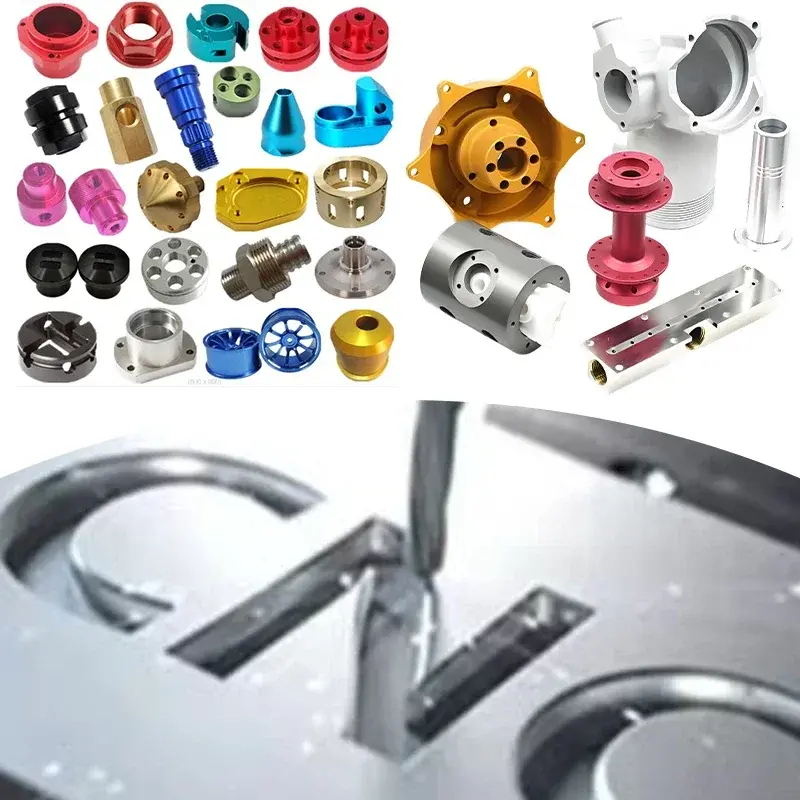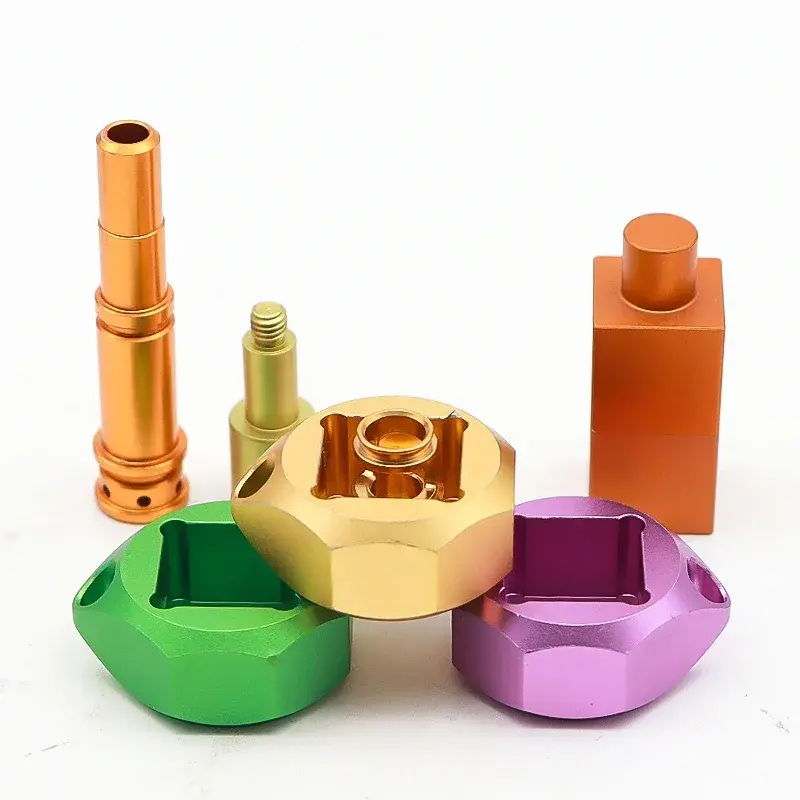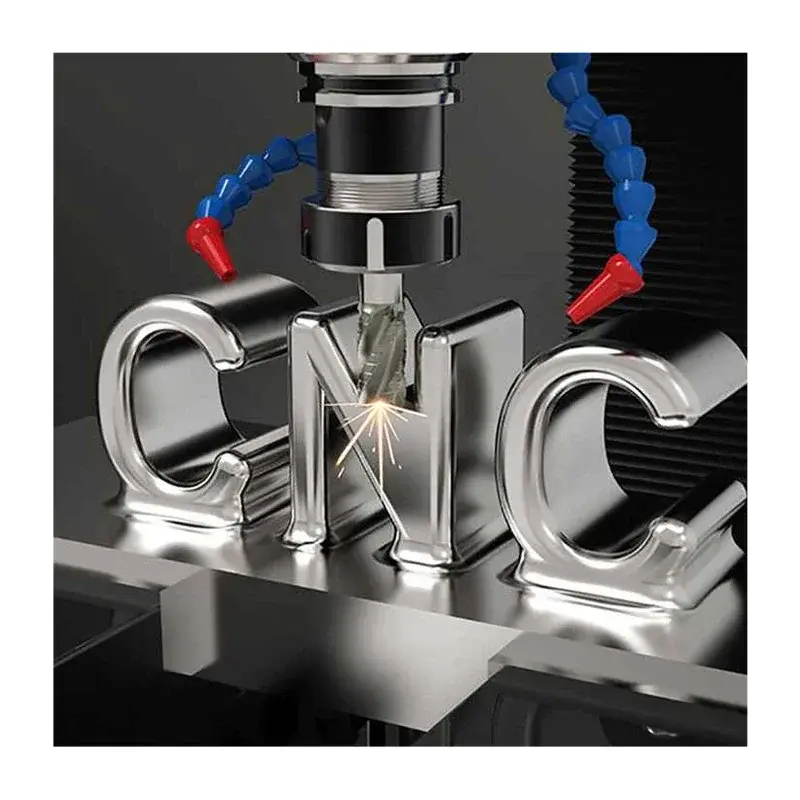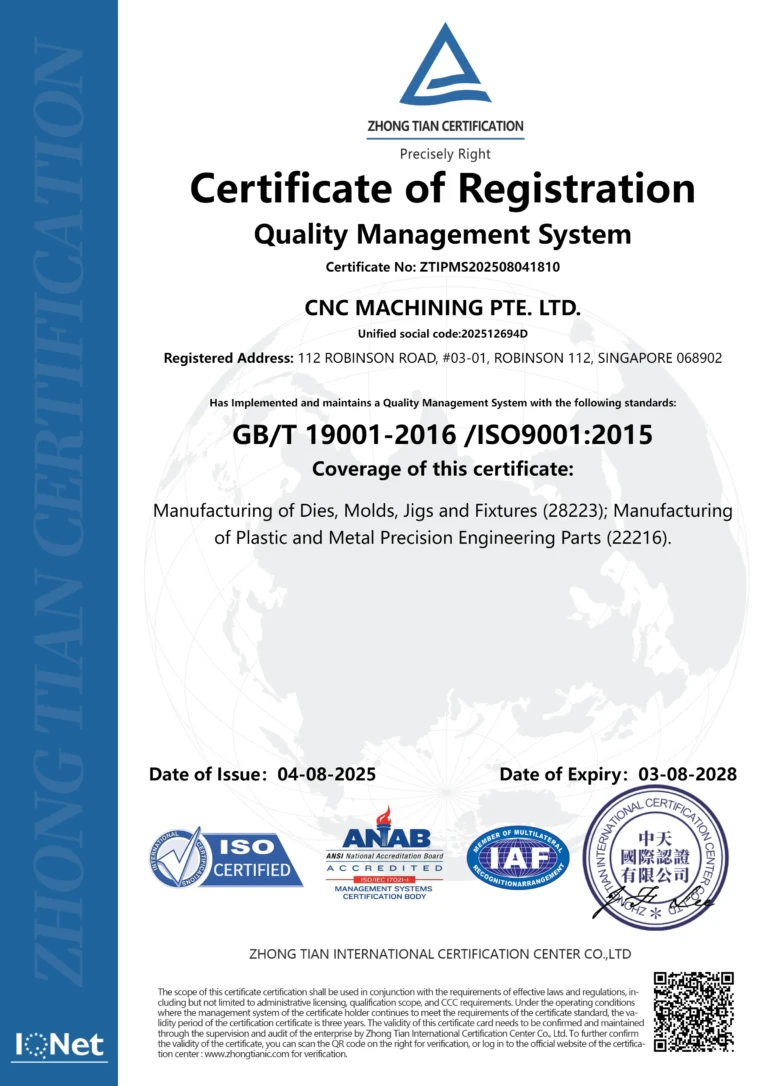Milk fever, also known as milk fever, is a common metabolic disease that poses serious health and economic problems to agriculture. According to a study, it mainly affects lactating dairy cows, and recently50% of adult dairy cows and 25% of first-time heifers are affected. The disease is characterized by a drop in blood calcium levels and changes in important functions such as muscle and nerve activity. In addition to endangering animal health, milk fever significantly reduces milk production and causes economic losses of up to $290 per cow, or about $8,000 for a 100-cow farm.
Until now, the diagnosis of milk fever represented a challenge for breeders, with typical symptoms often difficult to recognize. However, that may soon change, thanks to the efforts of a team of scientists at Virginia Tech. The latter used additive manufacturing technology to develop a sensor capable of detecting milk fever in just ten seconds, providing a sustainable solution for agriculture and animal health.
The sensor is designed to measure calcium and phosphate concentrations in milk samples. he uses resinMade using 3D printing technology, chosen for its flexibility and affordability. The production process relies on layer-by-layer printing, followed by UV drying to create microstructures on the surface. Then the gold coating is applied by evaporation using an electron beam. The microscopic corrugated surface ensures high sensitivity, while the sensor structure integrates three electrodes, two of which serve as working electrodes.
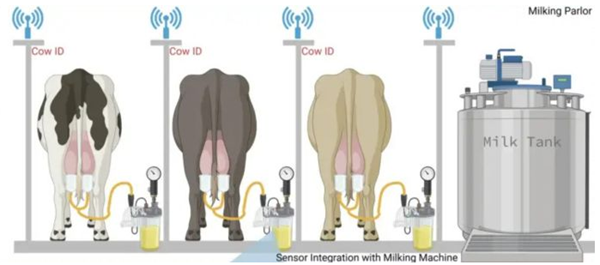
The electrodes are covered with ion-selective membranes specifically for calcium and phosphate. The sensor must be capable of detecting ion concentrations in the attomole range, i.e. calcium ion concentrations are138 hours. This can help identify mild symptoms of milk fever before more serious symptoms develop.
3D printed sensors can be easily integrated into milking systems and can quickly and accurately analyze calcium and phosphate levels in milk samples for early detection of milk fever (Photo credit: School of Animal Sciences, Virginia Tech, Blacksburg, USA).
Unlike traditional diagnostic solutions that are often expensive and complex to use,3D printed sensors offer many advantages, including low cost. The sensor can be manufactured in just two hours with minimal resources and requires no expertise to use.
It also makes it possible to monitor the health of cows, allowing rapid and accurate diagnosis on site, thus helping to promote sustainable agriculture. In addition, financial losses can be minimized and the sensor also offers expanded possibilities, such as measuring different biomarkers in milk samples to detect other animal diseases.
Daguang focuses on providing solutions such as precision CNC machining services (3-axis, 4-axis, 5-axis machining), CNC milling, 3D printing and rapid prototyping services.
